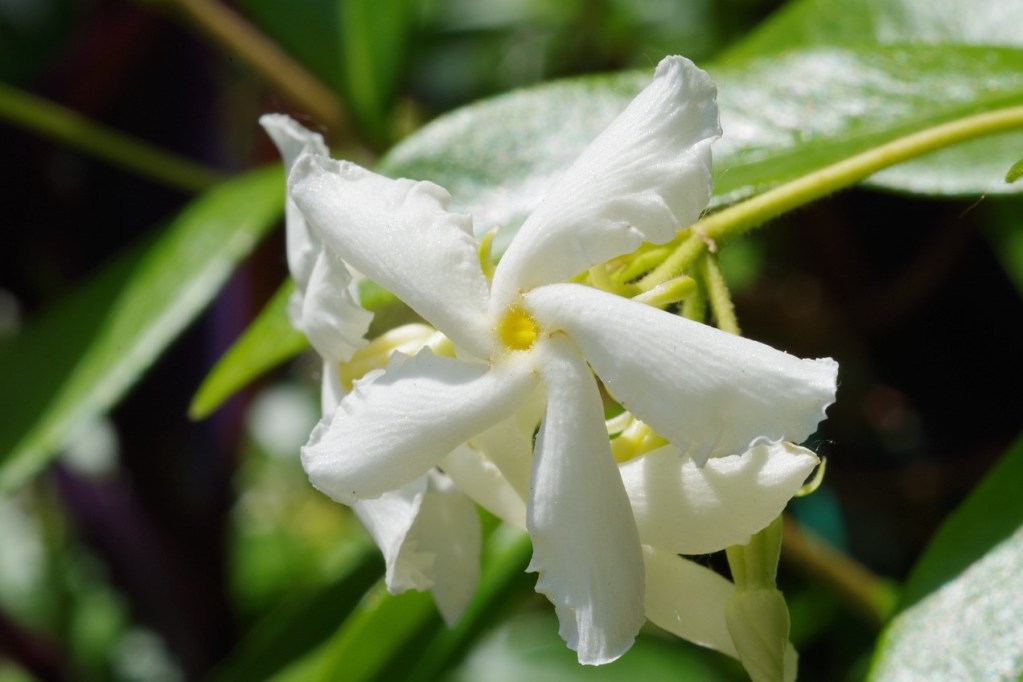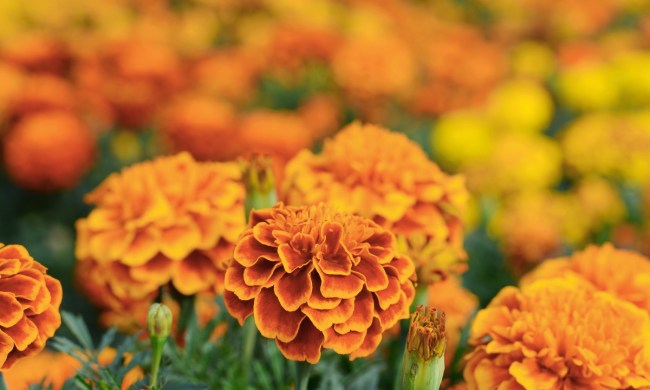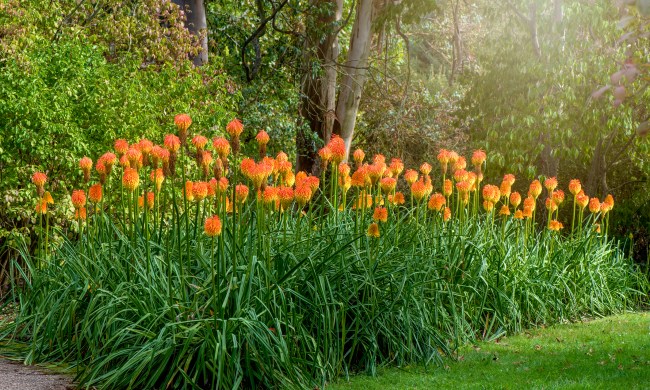Jasmine is often praised for its beauty and scent, and for good reason! This lovely plant has simple, smooth white or yellow flowers that are incredibly elegant. The strength of the fragrance can vary depending on the type of jasmine, from strong to subtle, and the sweet, citrusy smell is delicious. There’s a reason jasmine is often used in perfumes, lotions, and other products. If you want to add jasmine to your garden but aren’t sure what kind to get, we’re here to help. Here are our favorite types of jasmine for you to grow.
Common jasmine

Despite being the most common type of jasmine, common jasmine is still an uncommon beauty. Common jasmine, or Jasminum officinale, is most likely what you picture when imagining jasmine. It has soft white flowers that grow over cascading trailing stems and a strong sweet scent.
Common jasmine is often used in vertical gardens, as it grows quickly over trellises, archways, walls, and fences. Under the right circumstances, it can become invasive, so consider growing your jasmine in a container if you live in a warmer climate. Common jasmine is relatively hardy and can grow in full sun to partial shade. It does prefer warm weather over the cold, and is hardy for year-round outdoor growing in USDA zones 7 through 10.
Arabian jasmine

Arabian jasmine, also called Jasminum sambac or sambac jasmine, looks similar to common jasmine at first glance. Both plants have lovely white flowers and green foliage, and both have strong, rich scents. However, there are a few differences that might make Arabian jasmine a better fit for your garden.
Rather than growing sprawling vines, Arabian jasmine stays fairly compact and shrub like. This makes it one of the best types of jasmine for patio container gardens. Arabian jasmine is also evergreen, although it’s less tolerant of the cold and more tolerant of the heat. For outdoor gardens, Arabian jasmine is hardy in zones 9 through 11.
Lemon-scented jasmine

Lemon-scented jasmine, true to its name, has a much more citrusy, lemon-like scent along with the classic white flowers and climbing vines of common jasmine. Jasminum azoricum can be a bit trickier to grow outdoors, as it is quite sensitive to the cold and grows best in mild or warm climates.
However, this is one of the best types of jasmine for coastal gardening, as it is more salt tolerant than other types of jasmine. If you don’t live in that type of environment, you’ll be happy to know that lemon-scented jasmine also does well in containers. Just be sure to give it something to climb, or else you might end up with vines growing where you don’t want them to.
Winter jasmine

Winter jasmine, or Jasminum nudiflorum, is a shrub-forming jasmine species with bright yellow flowers. Unlike other jasmine, winter jasmine has little scent. Instead, it’s primarily grown for its habit of blooming incredibly early. Depending on the climate you live in, winter jasmine may begin blooming in mid to late winter. It can bloom for the remainder of winter and into spring.
In more mild climates, it may begin blooming in December or even November, but it typically blooms in January or February throughout most of the U.S. As a deciduous plant, it loses its leaves during fall, so by the time it blooms, there are only flowers on the plant. This gives winter jasmine a striking appearance.
Wild jasmine

Wild jasmine is actually a common name belonging to two different jasmine species, but both are delightful in their own ways. Jasminum fruticans, which can be called wild jasmine or common yellow jasmine, is a lovely small shrub with bright yellow flowers. Both the plant and its flowers tend to be small, making this jasmine a great choice for patio gardens and indoor gardens. If the flowers are pollinated, they’ll produce small black or dark purple berries. These berries are not edible for humans, but birds enjoy them.
The other wild jasmine, Jasminum angustfolium, is also a fairly small jasmine plant. It’s a climbing shrub with white flowers, resembling common jasmine more than the Jasminum fruticans wild jasmine does. Like Jasminum fruticans, Jasminum angustfolium is also great for patios, containers, and indoor gardens due to its small size.
Whether you prefer the strong scent of common or Arabian jasmine or would rather focus on the flowers with winter jasmine, these types of jasmine plants are sure to please. Why not pick the one you like the best and try growing it for yourself? It’s easier than you might imagine!




